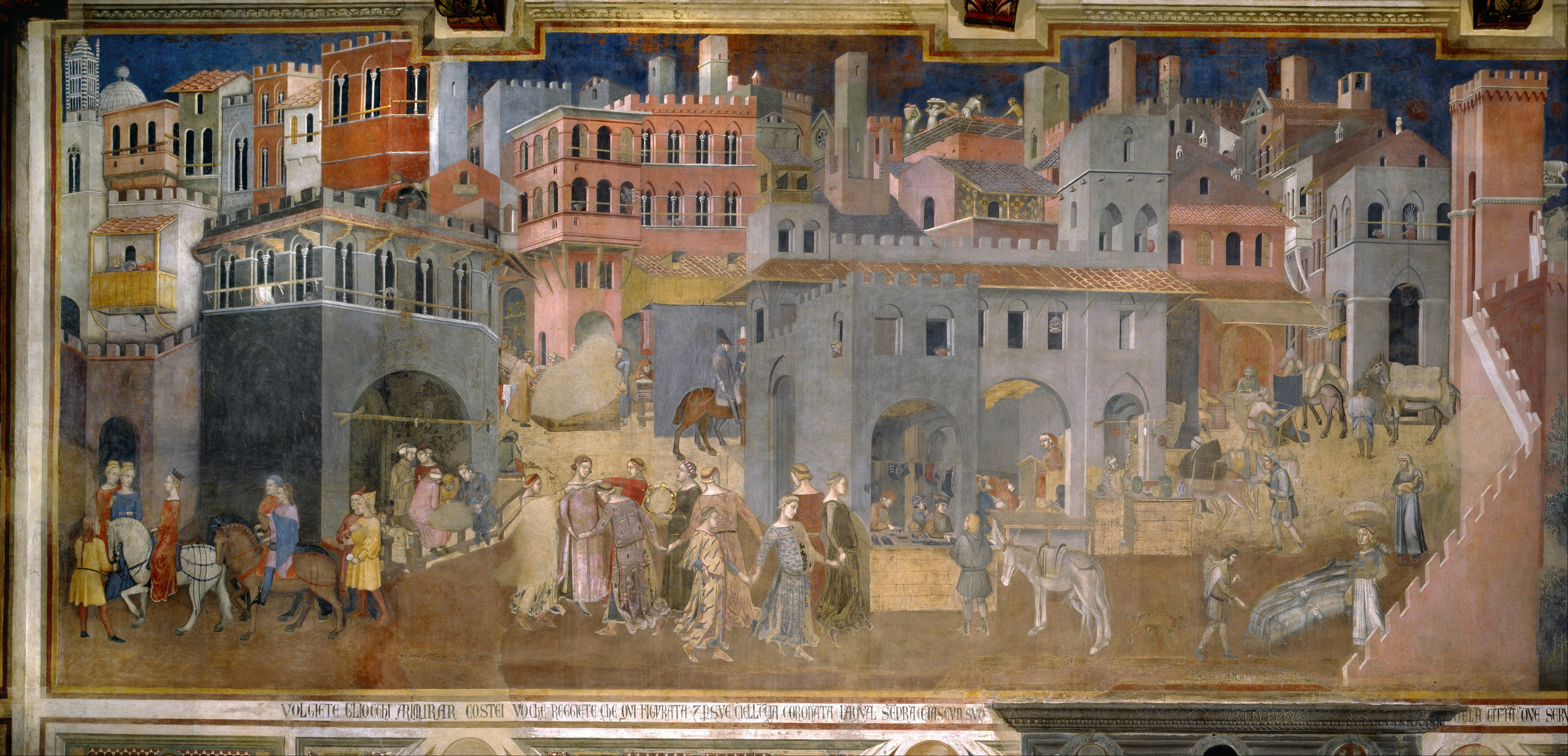See Carpo, The Second Digital Turn: Design Beyond Intelligence (Cambridge, MA: MIT Press, 2017). I discussed the technical logic of digital mass-customization and its implications for design and manufacturing in The Alphabet and the Algorithm (Cambridge, MA: MIT Press, 2011); see in particular chapter 3, 81–106.
Alongside the scaleless technical logic of digital mass-customization, as discussed here, other logistical factors speak against the centralization of a digital design and fabrication workflow: a small digital workshop can use local materials and locally sourced electricity, but can profit from data, design, intelligence and expertise drawn from any remote source at zero cost. Additionally, today's robotic manufacturing is increasingly versatile: robots can be given different tasks to be kept busy around the clock—unlike traditional industrial machines, which must repeat the same operation many times over, or be kept idle. A robotic fabrication set-up can be easily reconfigured to carry out a variety of different operations, further abating the fixed costs of the installation without any need for scale.
See in particular Jeremy Rifkin, The Zero Marginal Cost Society. The Internet of Things, The Collaborative Commons, and the Eclipse of Capitalism (New York: Palgrave Macmillan, 2014).
Ibid., 97–106.
Due to the availability of AC transformers as of the mid-1880s, AC (unlike DC) could be converted into high voltage to be carried over long distances, then reconverted into low voltage for local distribution. Electricity could then be mass-produced, even far from cities or factories, in the pursuit of economies of scale or of available resources (hydro power).
See Eric S. Raymond, The Cathedral and the Bazaar: Musings on Linux and Open Source by an Accidental Revolutionary (Beijing: O'Reilly Media, 1999); Howard Rheingold, Smart Mobs. The Next Social Revolution (Cambridge, MA: Perseus Publishing, 2002), in particular chapter 2, "Technologies of Cooperation," 29–62; Rifkin, The Zero Marginal Cost Society, 210–15.
Carpo, The Second Digital Turn (2017), chapter 5.
It is not known who and when started to invoke the medieval commons as a precedent and an inspiration for collaborative spirit of the Free Software and Open Source movements. Eric Raymond's seminal The Cathedral and the Bazaar (printed in 1999 but circulated on the internet since 1997) refers to the medieval cathedral as an example of closed design—the opposite of the bazaar which Raymond sees as a model for digital hackerdom. Raymond also relates the future of intellectual property on the internet to the legal precedent of homesteading (the appropriation of a common natural resource by an act of labor, which leads to enclosure; i.e., the exact opposite of what today's “digital commons” are meant to stand for: The Cathedral and the Bazaar, 1999, 76–77). Jeremy Rifkin traces the contemporary, libertarian rediscovery of the medieval commons to his book Biosphere Politics (1991), which however referred to the common ownership of natural resources, not to the IP issues brought about by the development of digital technologies, barely nascent back then (The Zero Marginal Cost Society, 2014, 189–200, 202). Howard Rheingold may have been the first to claim, verbatim, that “The internet was built to function as a commons,” and to relate the medieval commons to “the hacker ethic” and to “tomorrow's technologies of cooperation” (Smart Mobs, 2002, 48).
Jean-Charles Léonard Simonde de Sismondi, Histoire des républiques italiennes du moyen âge (Paris: H.Nicolle, then Treuttel et Würtz, 16 volls., 1809–1818).
See first and foremost John Ruskin, The Stones of Venice (1851–53), on the economic and spiritual decline of a mercantile republic when it abandons its pristine, Christian ethic of work to turn into a hereditary aristocracy; for Lewis Mumford, see in particular The City in History (1961), chapters 10–12, on the invention of corporate liberties in medieval cities and their eradication by baroque absolutism and neo-feudal regional states.
See Keller Easterling, Extrastatecraft: The Power of Infrastructure Space (London: Verso, 2014), 25–69.
As epitomized in US President Donald Trump's inaugural speech on January 20, 2017: “Buy American, hire American.” Since the start of the Brexit negotiations the UK government, with the approval of the UK Parliament, and without any audible protestation from the Labour Party, has threatened (or formally refused to rule out) the deportation of up to 3.3 million legal residents of the UK because they were born in some European countries.
An earlier version of this essay was published in Imminent Commons: Urban Questions for the Near Future, Seoul Biennale of Architecture and Urbanism 2017, eds. Alejandro Zaera-Polo and Hyungmin Pai (Barcelona: Actar, 2017), 302–309.
Positions is an independent initiative of e-flux Architecture.
